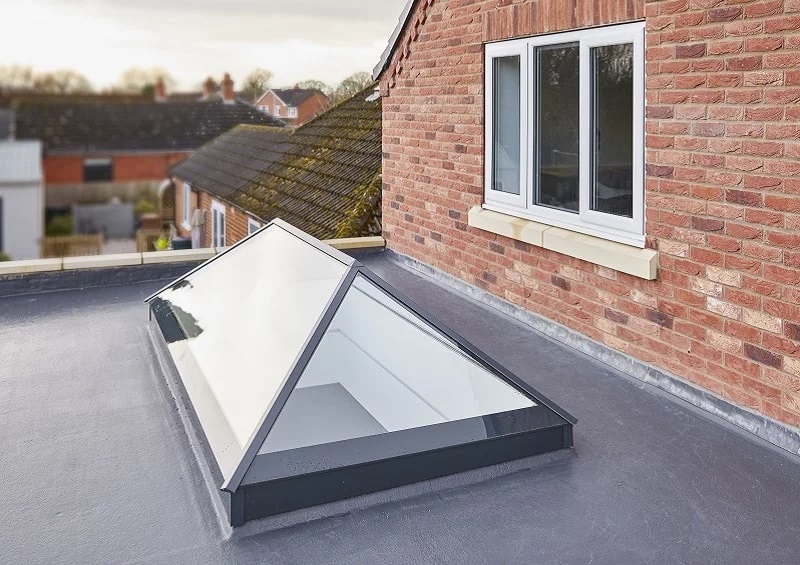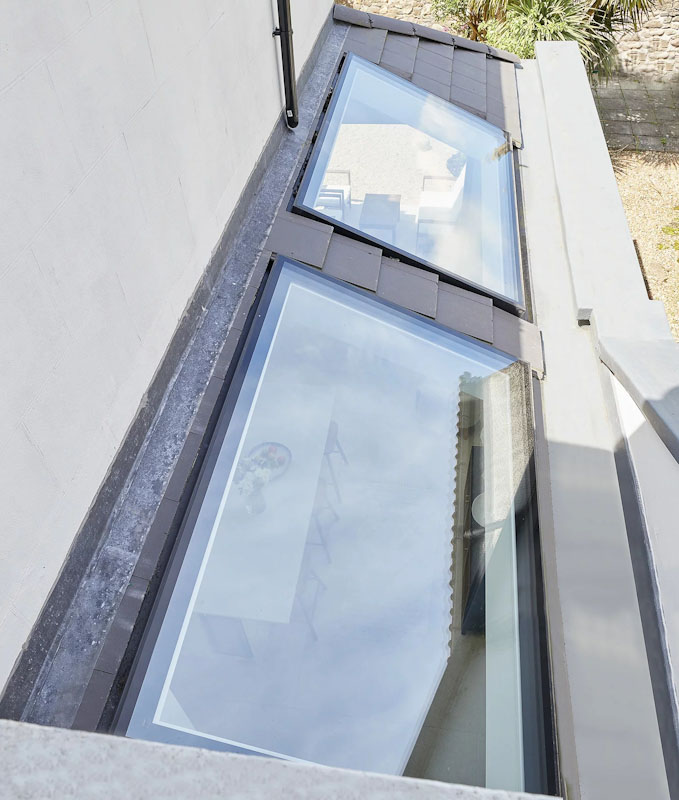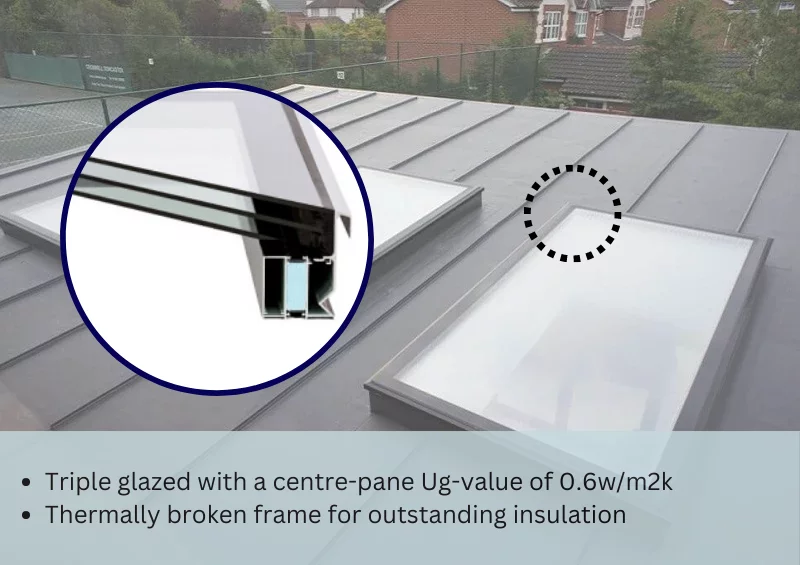This comfort largely depends on how well your home keeps the heat in – and that’s where understanding Ug-values comes into play. Let’s demystify this crucial aspect of building materials and discover how it directly impacts your home’s energy efficiency.
What Exactly Are Ug-values?
In simple terms, U-value is a measure of a material’s ability to conduct heat. Think of it as a rating system that tells you how good a window, door, or rooflight is at insulating your home. The ‘Ug’ stands for ‘U-value of glazing,’ and the lower this number, the better it is at keeping heat from escaping. It’s like comparing a thick, insulated winter coat to a light windbreaker; you know which one keeps you warmer.
Measured in watts per square meter Kelvin (W/m²K), these values are more than just numbers – they’re assurances of how well your home can maintain its temperature.


Why Should You Care About Ug-values?
Ug-ratings are your secret weapon in creating an energy-efficient home. A lower Ug-value means better insulation, leading to less energy used in heating or cooling your house. This not only saves you money but also reduces your carbon footprint. In today’s world, where energy costs have risen and environmental impact are major concerns, choosing home elements with optimal Ug-ratings is not just smart – it’s necessary.
Is It Better To Have A Higher Or Lower Ug-values?
So what is a good U value for windows? You always want to look for lower Ug-values to improve your home’s performance. The lower the Ug-value, the better the insulation. Ug-values are measured in Watts per square metre, per degree Kelvin (W/m²K).
Modern window technology makes use of noble gases trapped between panes of glass to reduce heat penetration and trap the warmth where you need it. This means homes can be kept cool in summer and warm in winter.
What Is A Good Solar Heat Gain For Windows?
According to the International Association of Certified Home Inspectors, solar heat gain (sometimes referred to as solar heat-gain coefficient or SHGC) is less important than U values in northern climates. This is because UK homes require more heating than cooling.
As such, if air conditioning is not generally used a higher SHGC in the range of 0.3 to 0.6 is acceptable. In warmer climates with regular air conditioning, you would aim for SHGC below 0.4.
What Is A Good Energy Rating For UK Homes?
The average energy rating for a home in the UK is a D60 on the EPC scale. Therefore anything above D60 would be considered a ‘good’ rating. However, improving your EPC will help your wallet and the environment so even if you find yourself above this level, there may still be potential to improve your rating.


Roof Maker’s Commitment to Low Ug-values
At Roof Maker, we pride ourselves on offering products that excel in their Ug-values. Our fixed flat rooflights, for example, boast impressive Ug-values from 0.62 W/m²K, thanks to their triple glazing. Opt for our solar control glass, and you could see this value drop even lower, to around 0.57 W/m²K.
Our products don’t just meet the required standards; they exceed them, ensuring that your home is not only compliant with regulations but also at the forefront of energy efficiency.
Choosing the right materials for your home is about making informed decisions. With Roof Maker, you’re selecting more than just style and quality; you’re choosing unparalleled energy efficiency. Remember, a lower Ug-value is more than a number – it’s a step towards a more sustainable, cost-effective, and comfortable living environment.
Eager to learn more about how our rooflights can transform your home? Reach out to our team at Roof Maker, or get a quote online, and take the first step towards a warmer, greener future.
Updated February 2025
